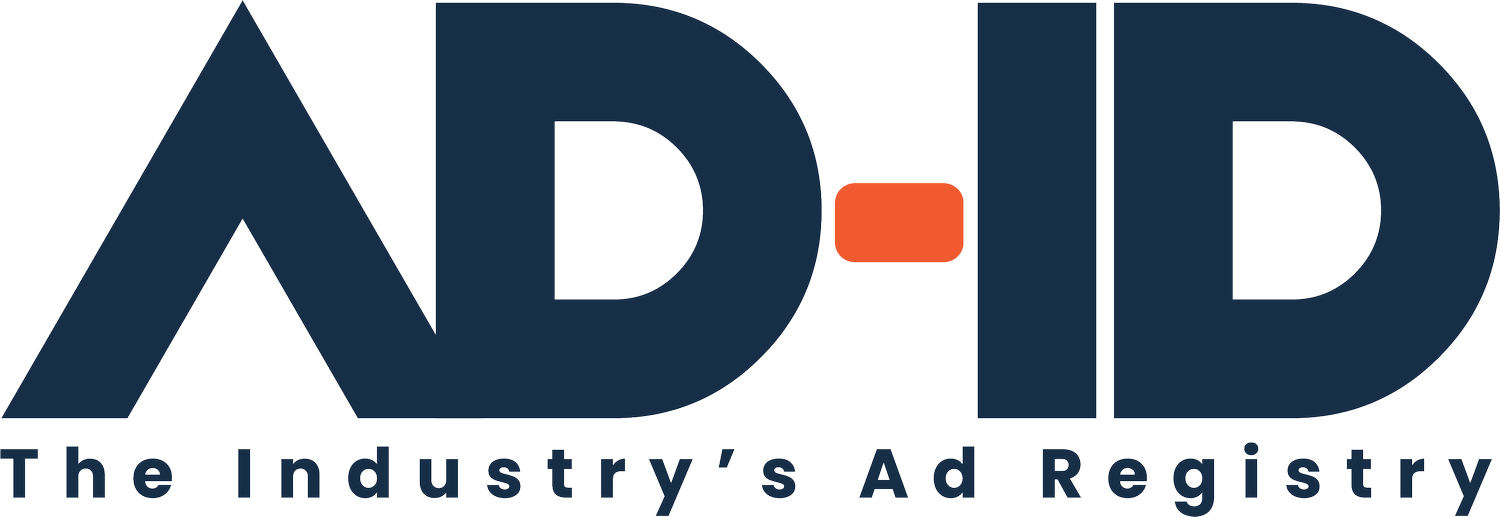Ad Council Increases Efficiency With Ad-ID
Founded in 1941, the Ad Council is America’s leading producer of public service communications. In its more recent campaigns it has addressed issues ranging from the opioid crisis and gun safety to bullying, sexual harassment, and discrimination.
Ad Council has been an Ad-ID customer since 2007 and creates roughly 2,000 advertising assets annually. Kelly McBride, VP, Studio Services at Ad Council, shared her thoughts on Ad-ID:
Q: How does using Ad-ID for all creative help the Ad Council?
A: It’s an integral part of our business, particularly for television and digital, because we run all of our creative in donated media space. We assign Ad-IDs to all our creative – so all of our TV spots, online videos, print ads, out-of-home ads. Pretty much anything creative that we put out into the distribution world gets an Ad-ID. I don’t know how anyone can keep track of where their stuff is running without it.
Q: What Ad-ID data do you use outside of Ad-ID and how do you use it to simplify processes?
A: We use Ad-ID to track things like talent expiration. It’s a good way of verifying stations that are running a certain asset that needs to be pulled from their system. Oftentimes, because our spots are PSAs, there are some stations that will put things into rotation and forget about them. So, we send direct emails to stations with the list of Ad-IDs of creatives they’re running past the expiration and ask them to remove immediately.
Also, when we enter our assets into our digital asset management system, we enter the metadata, hit save, and it pulls the Ad-ID code for them — if they are new spots. So, it’s a seamless part of our process and a key part of what we need to do with our assets.
Q: Why did the Ad Council decide to use the API (Application Programming Interface) to create codes?
Ad-ID’s API allows other systems to integrate with the Ad-ID system to automatically access Ad-ID data.
A: We actually create Ad-ID codes two ways. We generate them using our digital asset management system, or we go directly to the Ad-ID site to generate them; it depends on what people are used to. We’ve never had issues with the API for Ad-ID. It’s a seamless piece of any digital asset management (DAM) system or systems like that that keep track of assets. I’ve been at the Ad Council 18 years, and first we were using ISCI codes — using the unique prefixes and then generating the numbers on the end ourselves. When Ad-ID came along and switched to that longer number and using “H” for HD, and so on, we’ve been using it ever since.
Q: Do you feel Ad-ID saves the Ad Council time?
A: I think of Ad-ID in terms of saving time; it just makes things efficient and you’re not having to comb through different systems looking for a way to match up assets. It’s pretty much self-explanatory — you look for that code and it ties back to everything.
A good example is tracking our online banner assets. I tried for a year to convince colleagues to use Ad-ID as a unique identifier. They were using the name of the asset and it was causing all kinds of issues; if someone put in a capital ‘A’ instead of a lowercase ‘a’ things weren’t matching up and it was a nightmare. So, I pushed and now Ad-ID is the main identifier they use for banner assets in the Doubleclick management system from Google that we use to serve our ads out. That’s been huge, as far as process goes. As long as there’s an Ad-ID, we’re able to find out exactly what asset it is by using that code. Now, everything is seamless and my colleagues don’t have to spend so much time working on matching assets. It’s definitely increased the efficiency of their team as well.

